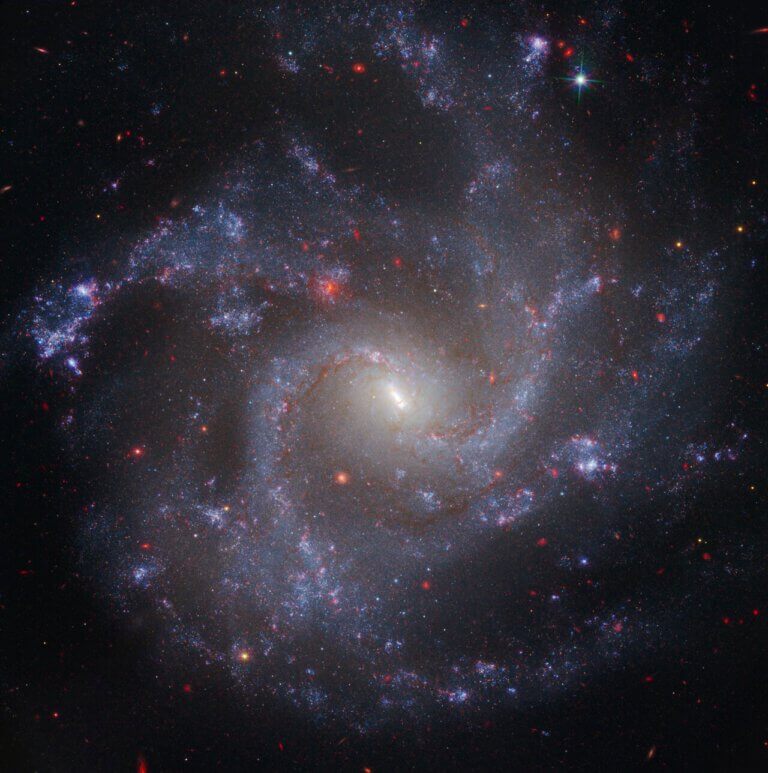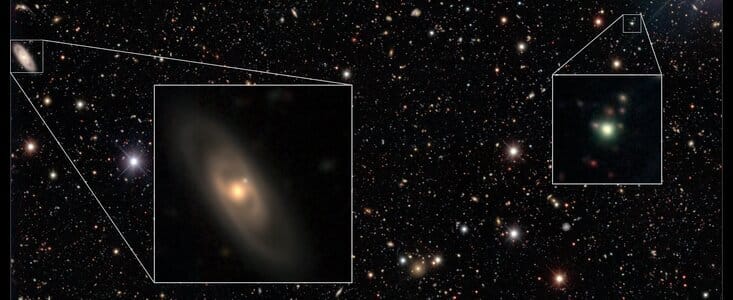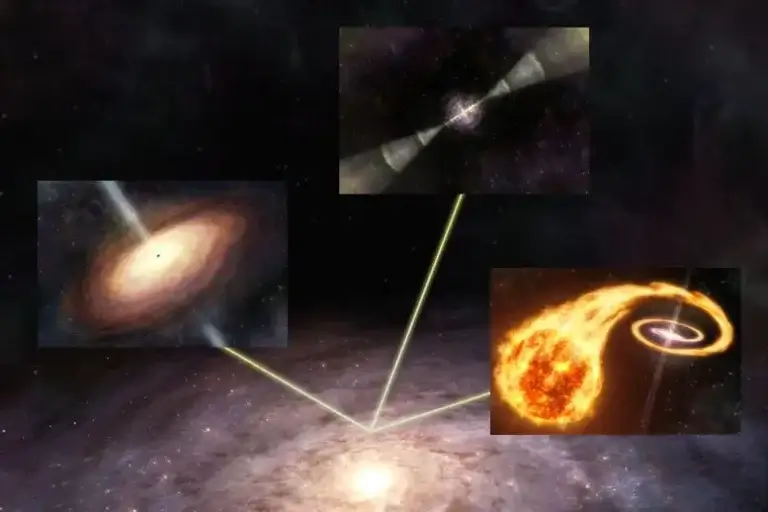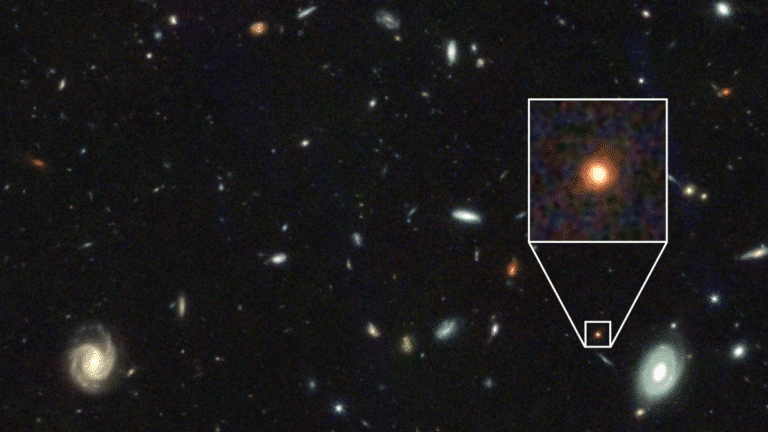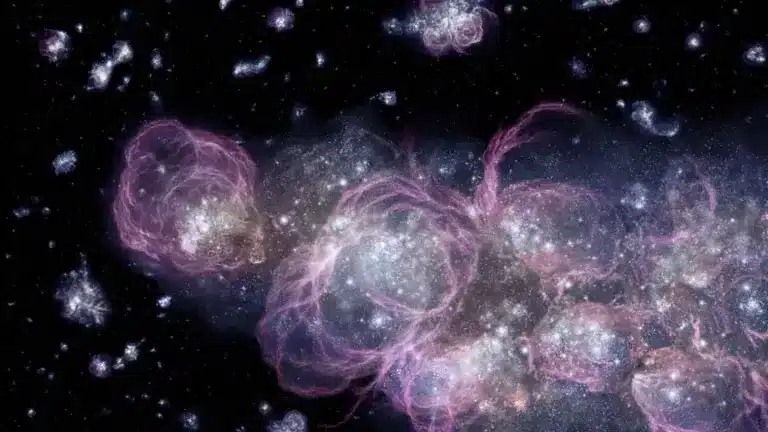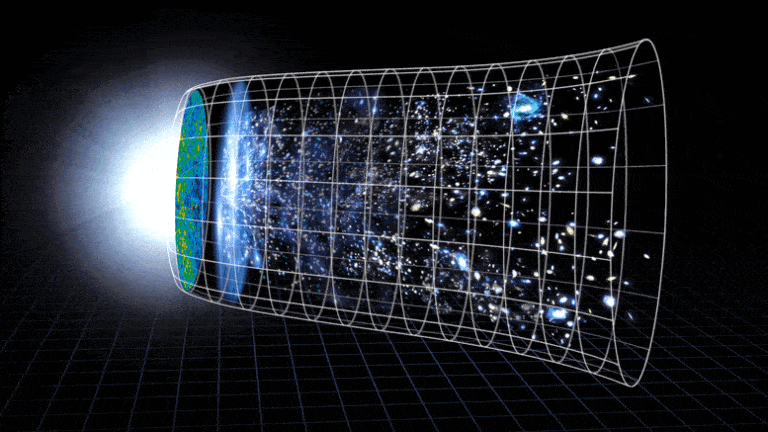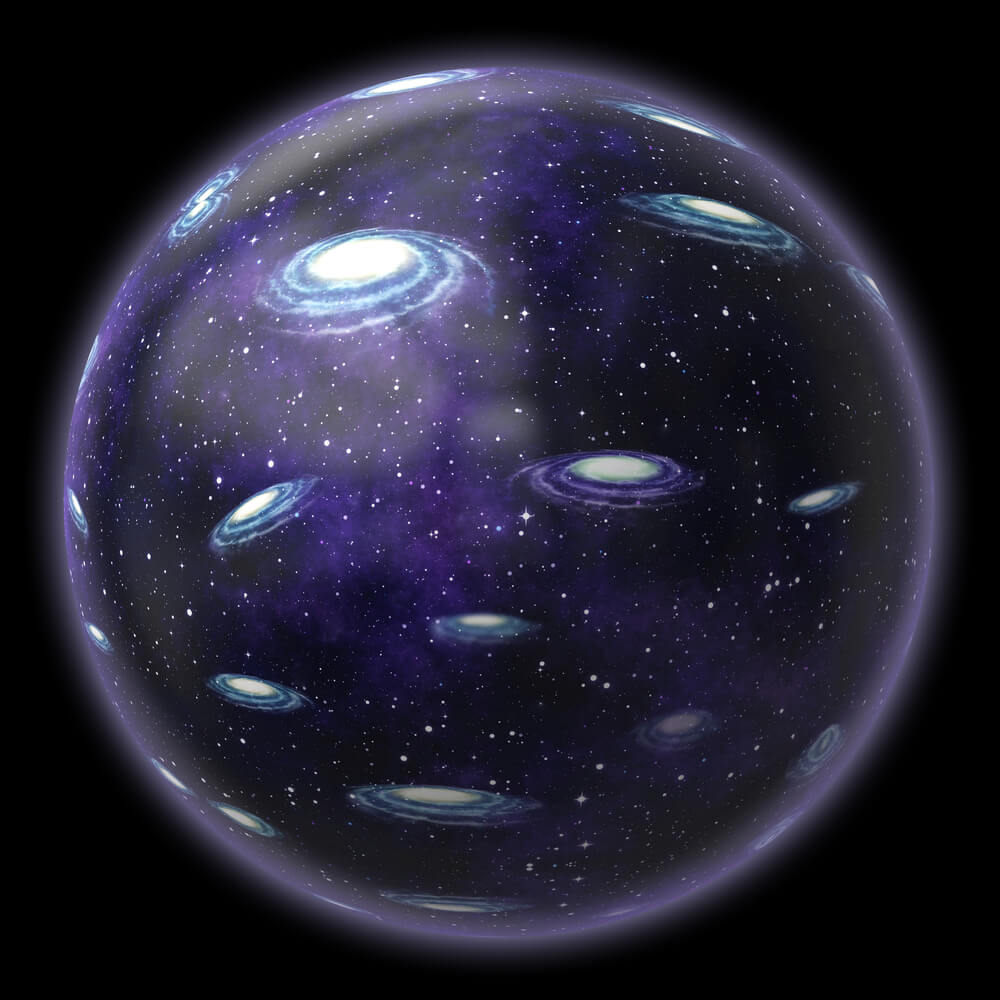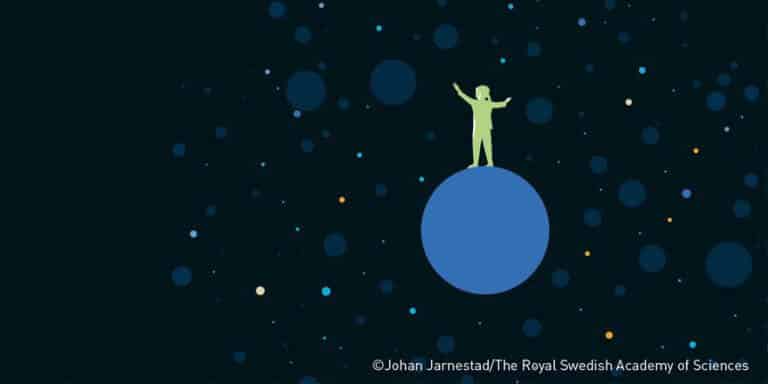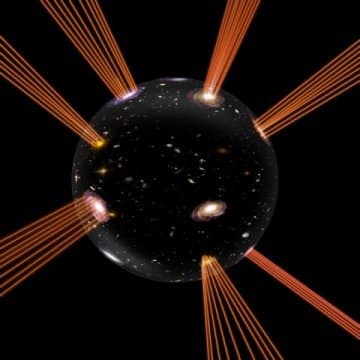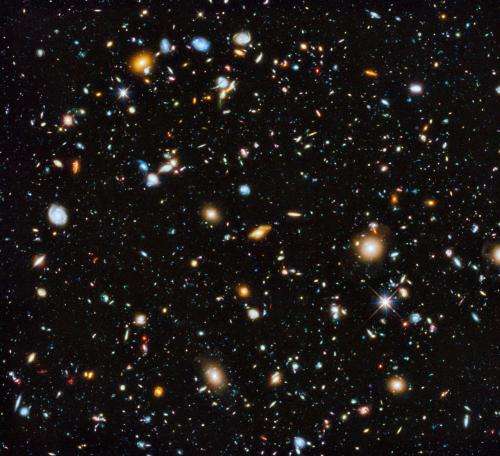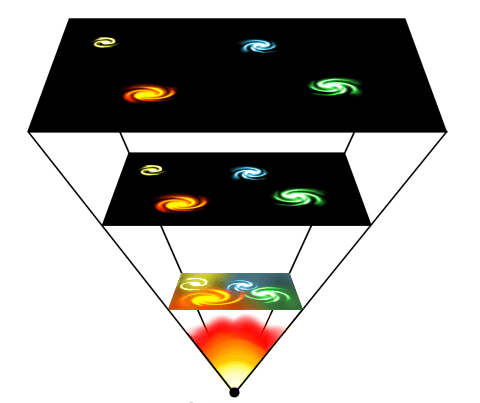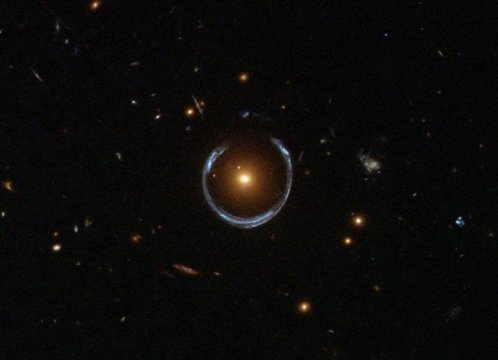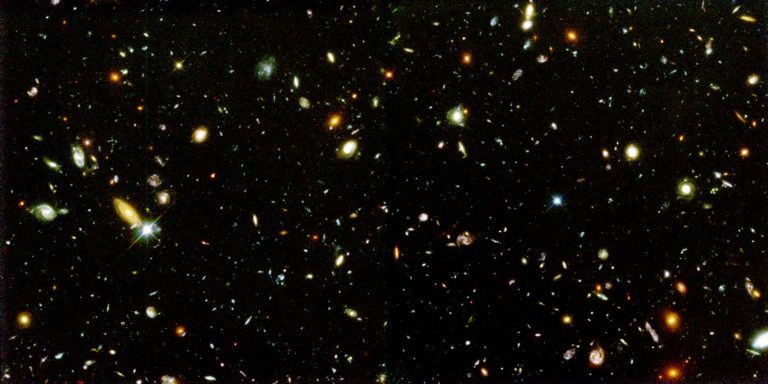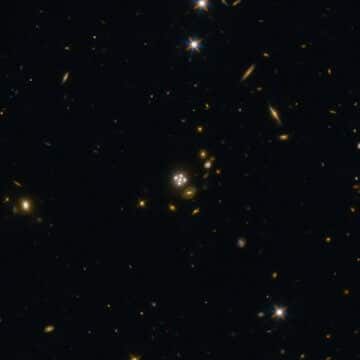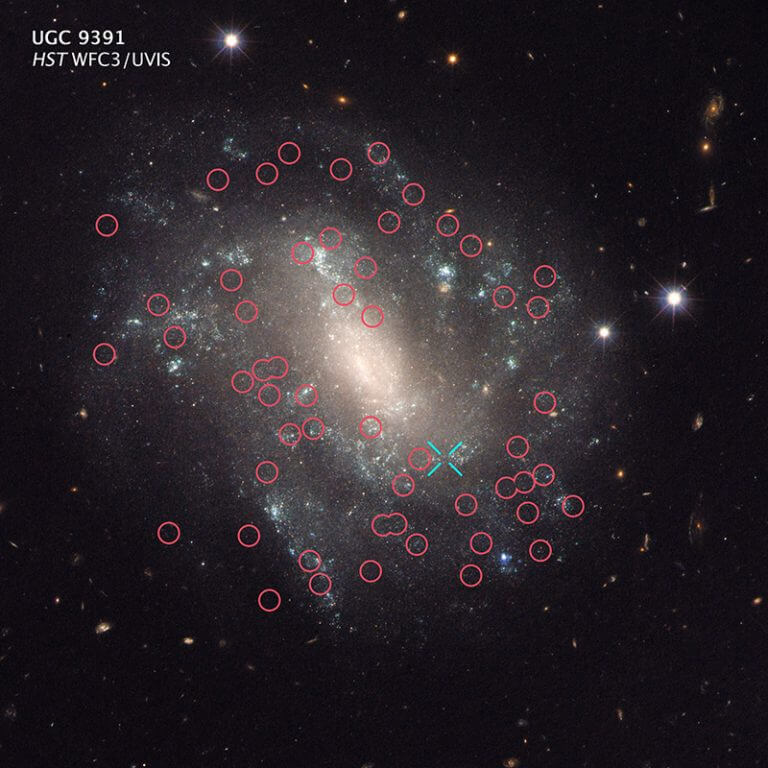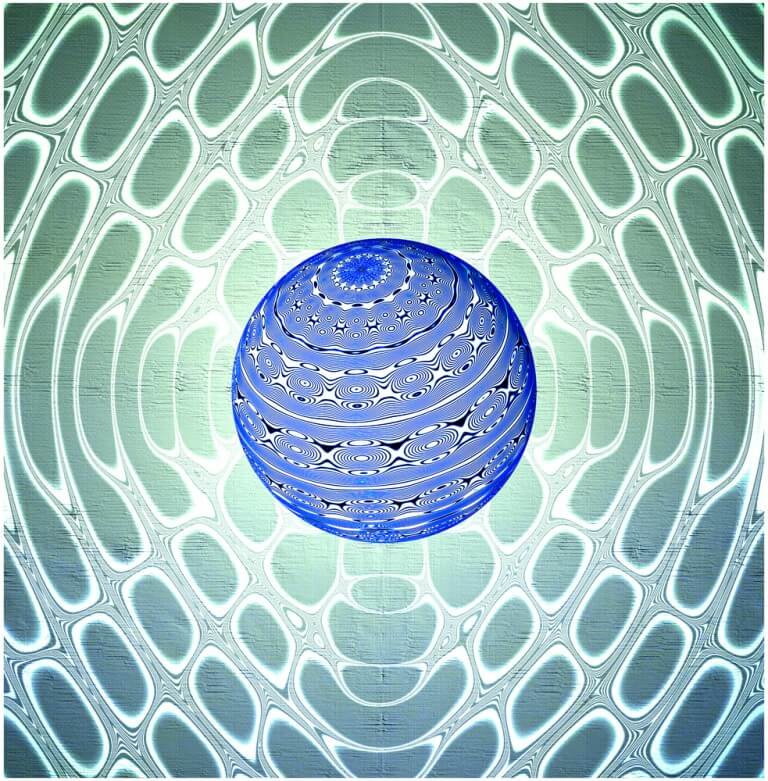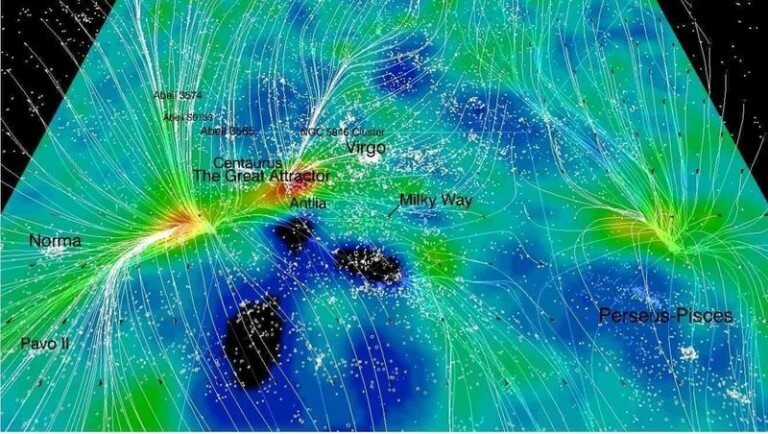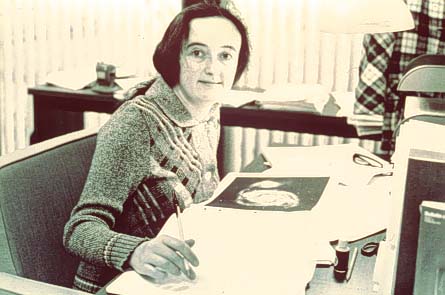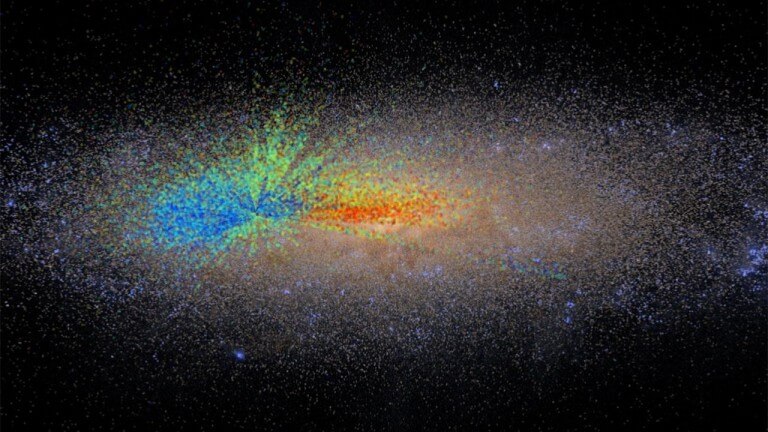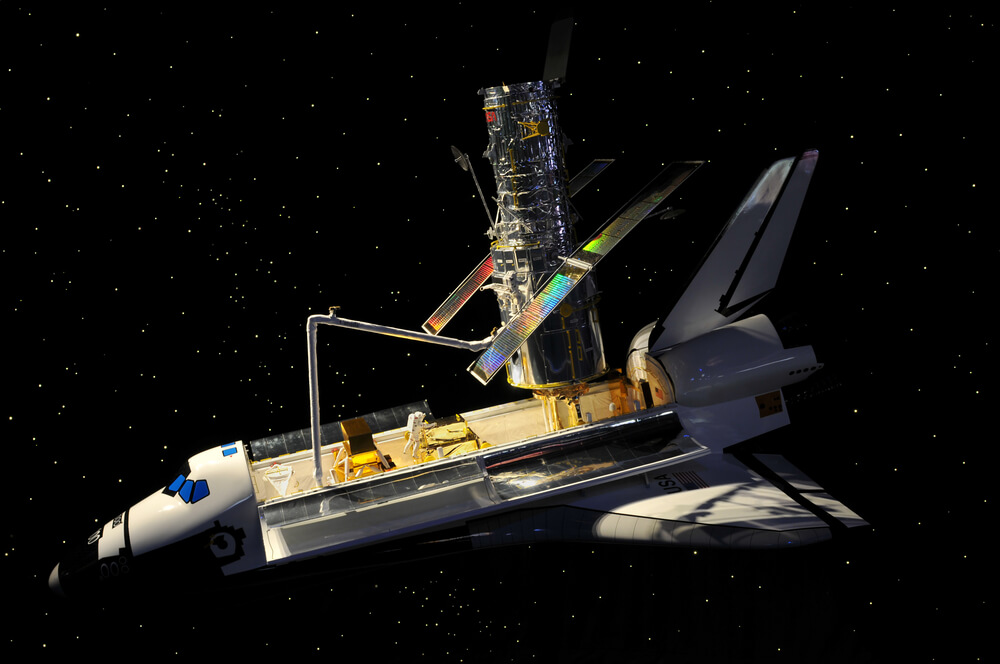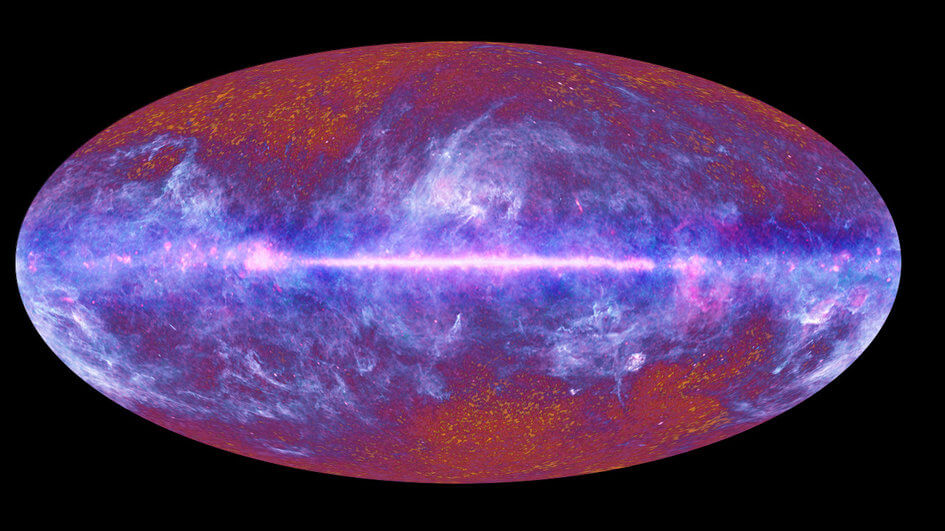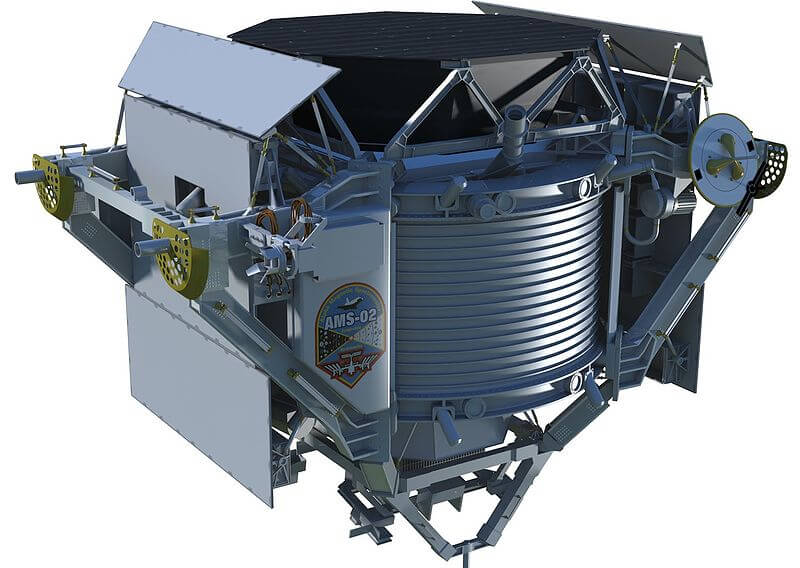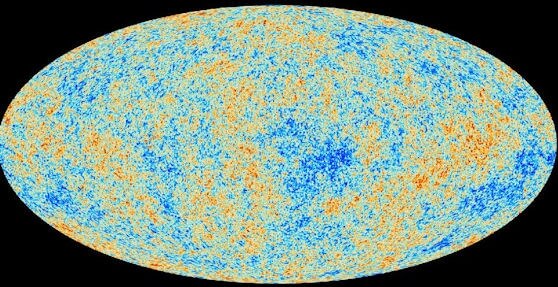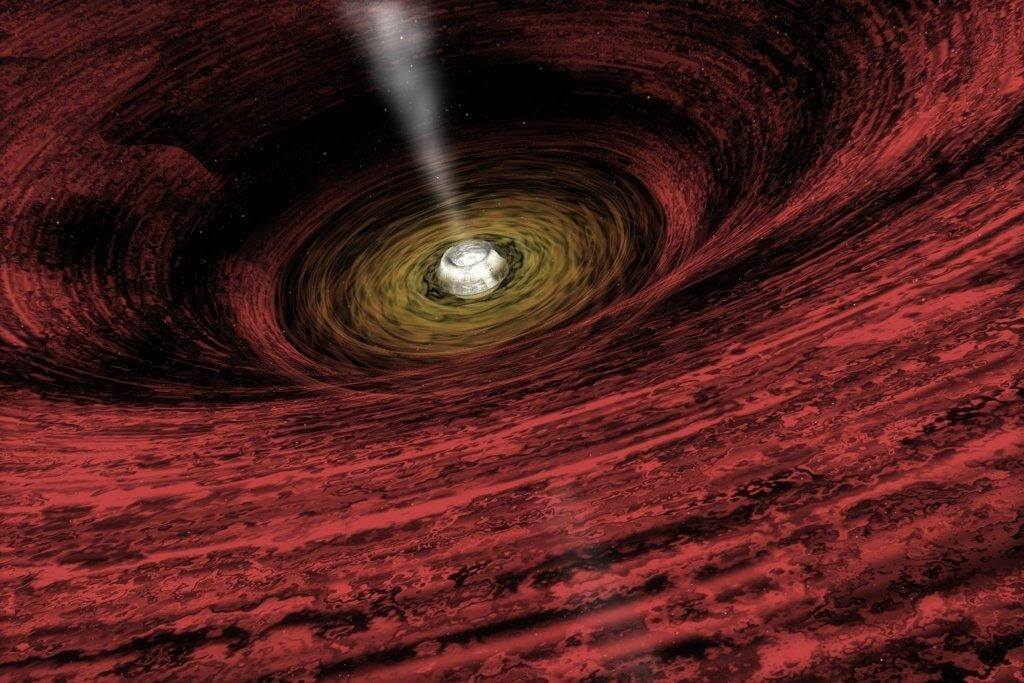Hayadan > expansion of the universe
expansion of the universe
- Avi Blizovsky
- March 12, 2024
- 8 תגובות
Webb's measurements provide new light on a decade-long mystery known as the Hubble voltage - the differences in the age of the universe between the Hubble observations and past observations that remain unexplained * Prof. Adam Ries, winner of the Nobel Prize in Physics for the discovery of dark energy heads the project
- Avi Blizovsky
- January 13, 2024
- 40 תגובות
Among the observations of about two million distant galaxies, the researchers found several thousand supernovae, and this is the largest and deepest sample of supernovae ever obtained with a single telescope. The scientists then used advanced machine learning techniques to help classify the supernovae
- Avi Blizovsky
- October 26, 2023
- 20 תגובות
New research has improved the accuracy of the parameters that control the expansion of the universe. More precise parameters will help astronomers determine how the universe grew to its current state, and how it will evolve in the future.
- Avi Blizovsky
- June 11, 2023
- 7 תגובות
The galaxy is currently 25 billion light-years away, but when light began to travel from it to us about 12.5 billion years ago, it was much closer, because the universe is expanding
- Avi Blizovsky
- May 9, 2022
- 21 תגובות
In a new paper published in PNAS, three scientists attempt to model the nature of dark energy, a mysterious entity that appears to be causing the universe to expand faster and faster, consistent with previous observations of the universe's expansion.
- Avi Blizovsky
- December 19, 2021
- 3 תגובות
Cosmological calculations almost always assume that there is a uniform distribution of matter in the universe. This is because the calculations would be too complicated if they included the location of each and every star. In reality the universe is not uniform: there are places with stars and planets, and in other places there is only empty space.
- Science site The Conversation
- August 2, 2020
- 47 תגובות
- Avi Blizovsky
- October 8, 2019
- 3 תגובות
- Tamar Kotnik
- January 6, 2019
- 63 תגובות
- Science site The Conversation
- August 12, 2018
- 375 תגובות
- Noam Chai
- July 28, 2018
- 147 תגובות
- Noam Chai
- July 15, 2018
- One response
- Avi Blizovsky
- June 24, 2018
- 296 תגובות
- Scientific American Israel
- October 26, 2017
- 119 תגובות
- Avi Blizovsky
- January 29, 2017
- 13 תגובות
- Prof. Omri Vandel
- June 11, 2016
- 184 תגובות
- Dr. Dana Baram
- February 11, 2016
- 15 תגובות
- Dr. Dana Baram
- February 11, 2016
- 15 תגובות
- Avi Blizovsky
- January 27, 2016
- 3 תגובות
- You found Simon
- January 18, 2016
- 90 תגובות
- Itai Nebo, editor of the Davidson Institute website
- September 29, 2013
- 4 תגובות
- Itai Nebo, editor of the Davidson Institute website
- April 4, 2013
- 35 תגובות
- Avi Blizovsky
- March 22, 2013
- 28 תגובות

